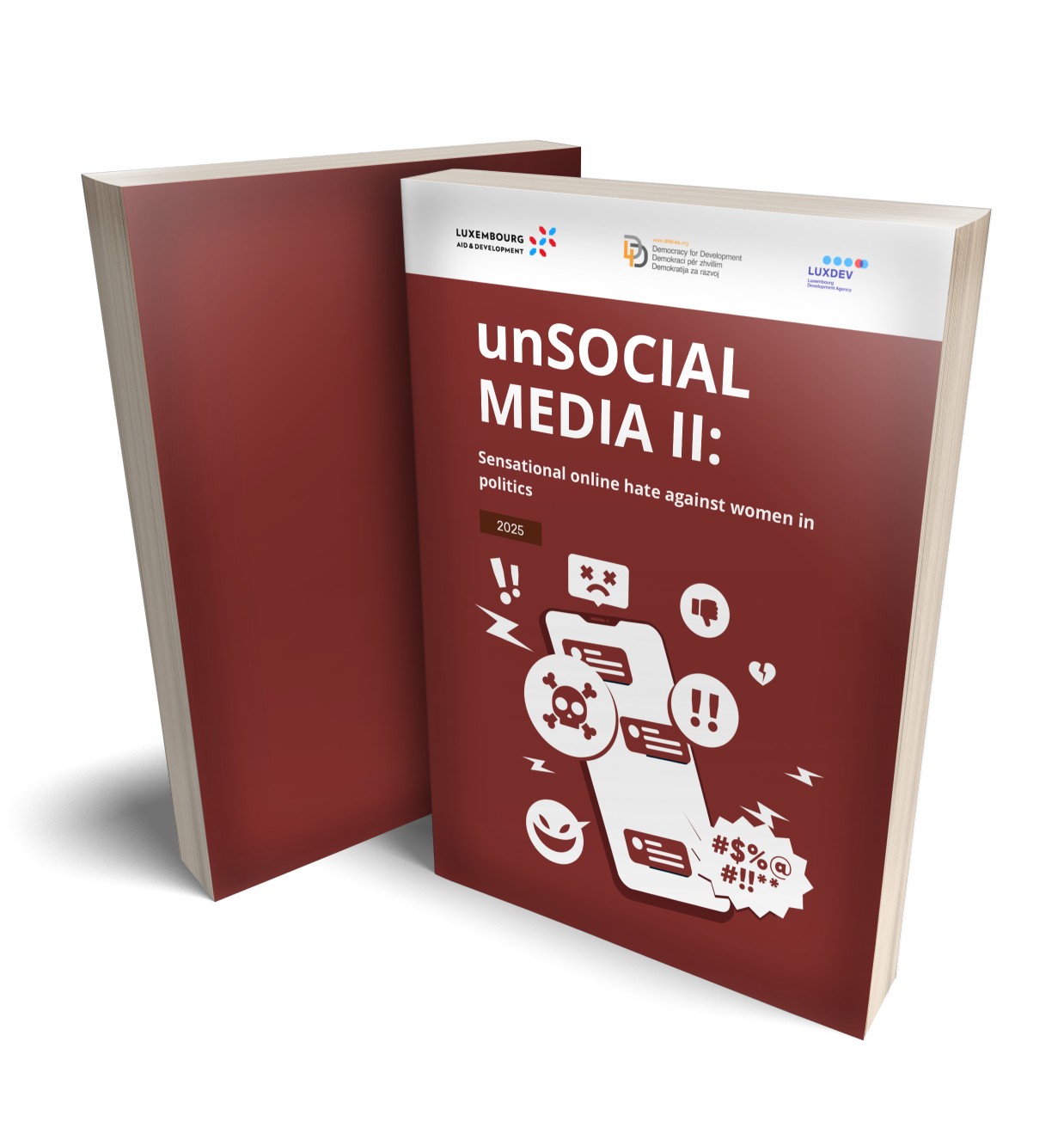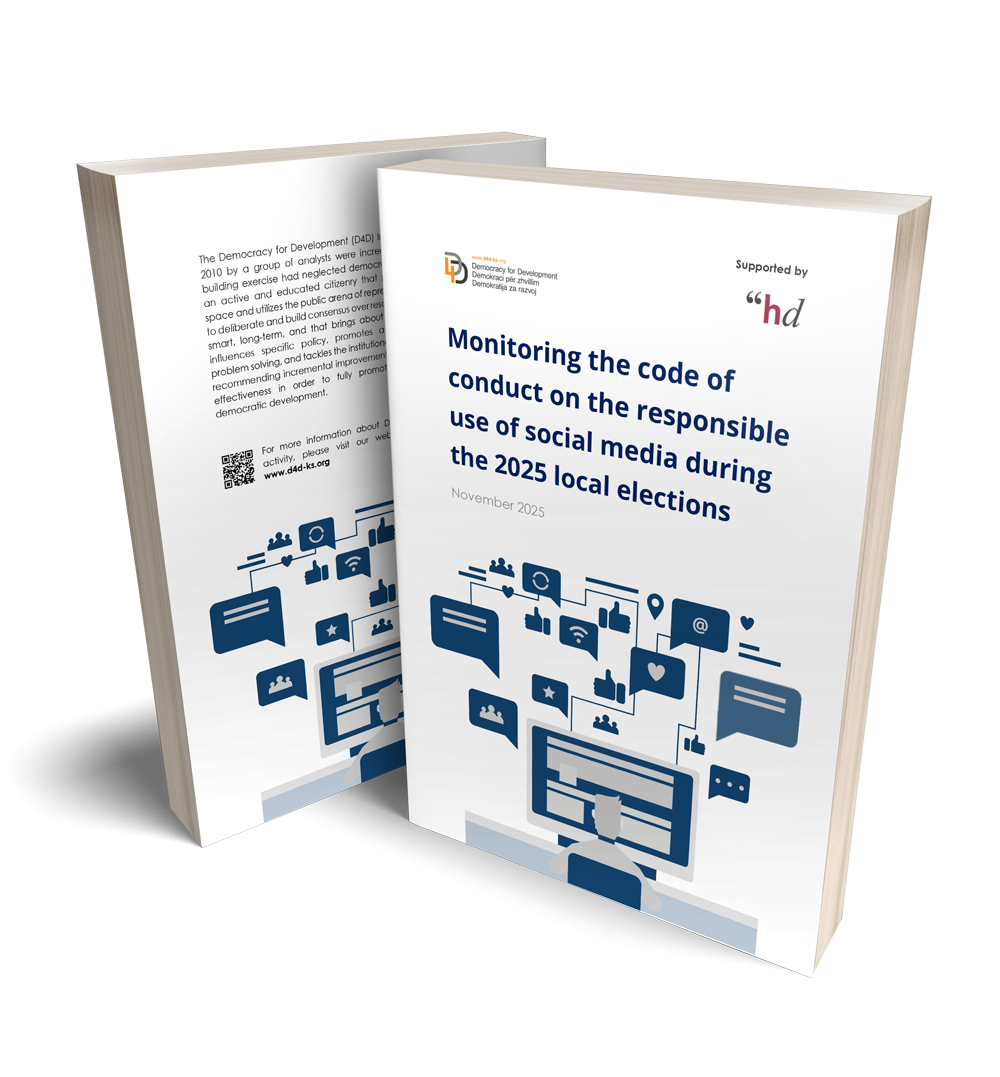
In a decade or so of the international management the media sector in Kosovo has experienced important transformation. Yet a general perception exists that the Kosovo media system still underperforms and the sector hinges between a stable and a precarious state. The liberal media regime pursued by the UN administration after it was dispatched in Kosovo in 1999, was successful in ensuring the de-monopolization of information in Kosovo, but the uncontrolled increase in media outlets in subsequent years has disrupted the media sector, creating a saturated media market with declining sources of revenue.
The international media assistance in Kosovo has been provided in three stages. 1) Support to opposition media during Serbian rule (1990s) 2) post-conflict media intervention (1999-2007), and 3) limited media support (since 2007, ongoing). The media assistance during those three stages has been of four types: 1) human capital development; 2) directly supporting media outlets; 3) regulatory framework and 4) supporting media institutions. Whereas the media assistance during all three stages has been substantial in all four types of assistance the donors have not gone much beyond the principal goals – which were to establish the range of media and supporting institutions. Furthermore, it appears that the strategies, approaches, and the goals of foreign assistance were not always clear and/or coordinated and this has had implications for the sector as a whole.




